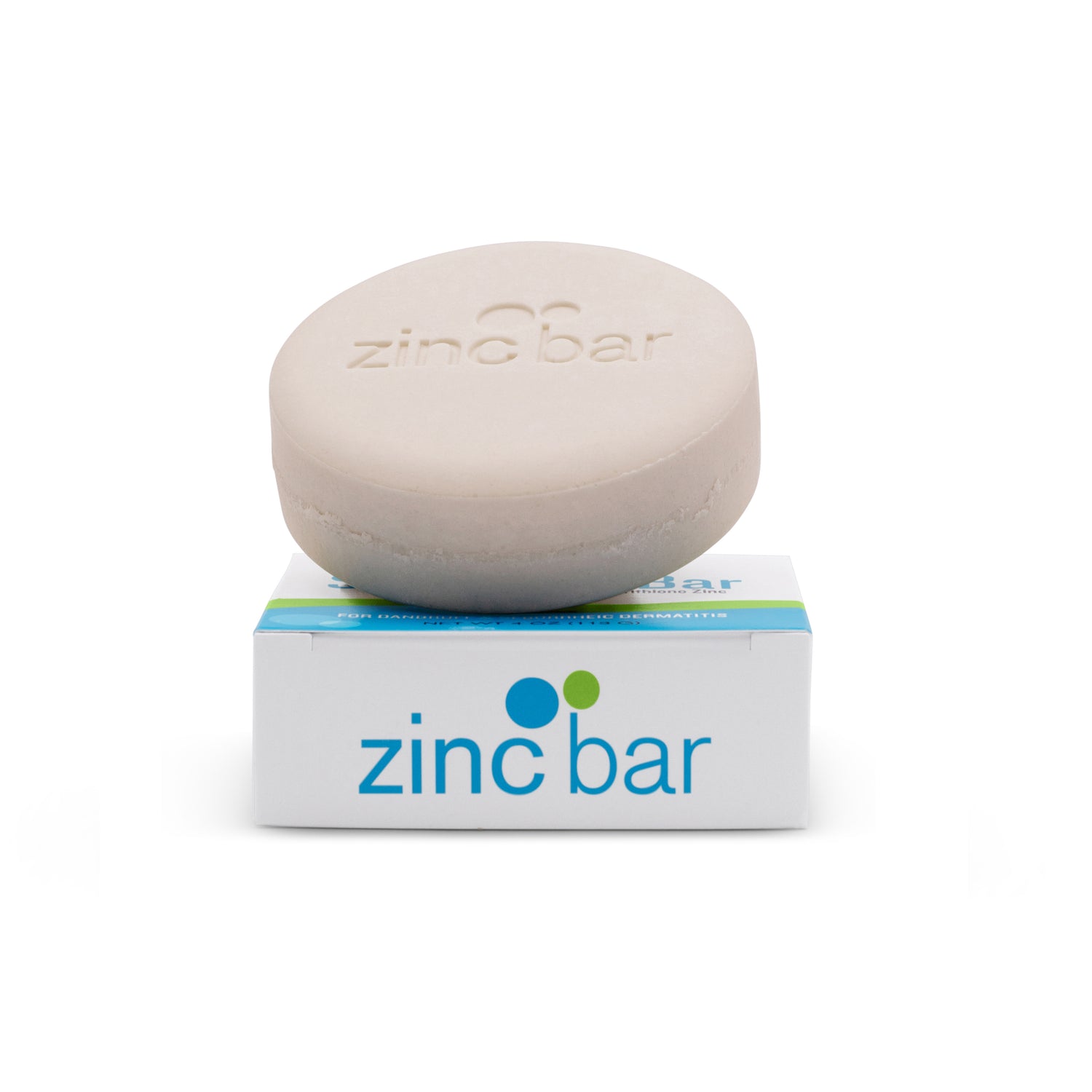Plaque Psoriasis
Overview
Plaque psoriasis is the most typical form of this skin condition—4 out of 5 people with psoriasis have plaque psoriasis. The technical or scientific name for plaque psoriasis is psoriasis vulgaris (vulgaris means "common"). Typically it is characterized by patches on the elbows, knees, scalp and lower back, but it can be found on any area of the skin.
Plaque psoriasis may first appear as small red spots. They may enlarge gradually into well-defined patches of red, raised skin referred to as either psoriatic "plaques" or "lesions". They are covered by a flaky, silvery-white build-up called "scale," which is composed of dead skin cells. This scale comes loose and sheds constantly from the plaque surface.
Skin affected with psoriasis is generally very dry, and other possible symptoms include skin pain, itching and cracking.
What does plaque psoriasis look like?
This type of psoriasis is most typically characterized by circular-to-oval red plaques distributed over extensor body surfaces and the scalp. The plaques usually exhibit scaling as a result of epidermal hyperproliferation and dermal inflammation. The extent and duration of the disease is highly variable from patient to patient, and up to 10% of patients with plaque psoriasis also experience psoriatic arthritis. Acute flares or relapses of plaque psoriasis may also evolve into more severe disease, such as pustular or erythrodermic psoriasis.
The less common forms of psoriasis are guttate, pustular, inverse and erythrodermic. It is easier to discuss your psoriasis and evaluate your treatment choices if you refer to it by its specific name. Treatments vary with the type and severity of psoriasis.
Uncommon subtypes of chronic plaque psoriasis include:
- Rupioid psoriasis: Limpet-like cone-shaped lesions of psoriasis.
- Lichenified psoriasis: Chronically rubbed areas of psoriasis that have become very thickened.
- Elephantine psoriasis: Very persistent, very thickly scaled, large areas of psoriasis.
- Ostraceous psoriasis: Very thickly scaled, ring-like areas of psoriasis, resembling an oyster shell.
- Linear psoriasis: Psoriasis arranged in lines along the body (often corresponding to fetal developmental lines).
- Photosensitive psoriasis: Psoriasis worst in the sun-exposed areas of the face, neck, hands and forearms. Most patients with psoriasis find ultraviolet light very helpful for their psoriasis. A small group experience exacerbations of their rash following sun exposure. In these people sometimes clear "sunburn" lines are seen. They may also have typical plaque psoriasis elsewhere. Strict sun protection, usually in combination with other treatment, is required to control this type of psoriasis.

